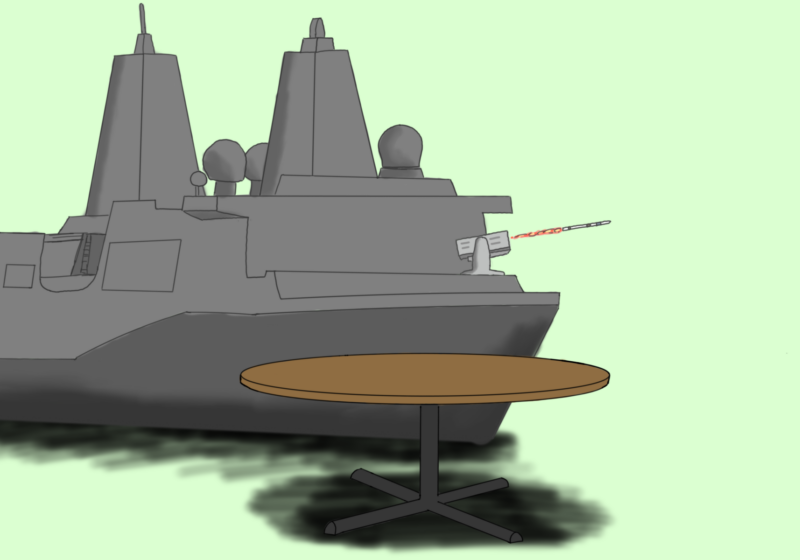Scientists at both privately funded and government run labs at institutions around the world have spent considerable time and effort over the past decade trying to figure out how mutated cancer-causing genes can be corrected or augmented enough to eliminate their carcinogenic proclivities. Such normalization can be brought about by a variety of mechanisms currently being developed. However, few have yet proven to be consistently effective.
Recently however, two UR biology researchers, Mingxuan Xia, Ph.D. and Hartmut Land, Ph.D. have elected to take a different approach to the problem.
The onset of malignancy and what is generally known as “cancer” requires a symphony of numerous functionally synergistic ongenic [genes, which upon mutation, can cause cancer] mutations. This can be likened to kick starting a motorcycle or lawn mower. One kick is usually not enough but as little as two kicks in quick succession will initiate the starter which will drive the engine’s first cycle-after that the process is self-regulating.
Traditionally, researchers have attempted to find a checkmate type solution to the aforementioned process of malignancy-like eliminating a bike’s spark plugs. Professor and Chair of the Department of Biomedical Genetics and Scientific Director of the James P. Wilmot Cancer Center Hucky Land and his colleagues, however, seem to have found a more subtle solution.
Their methodology involves the Rho family of cellular proteins that are heavily involved in cell movement. Acquisition of cell motility is a requirement for full alteration of benign cells to cancerous ones. Since the Rho family of proteins regulates actin cytoskeleton (a cell’s version of a human skeleton and supportive infrastructure) development, its activities are directly responsible for the successful conversion of many types of cancer cells.
The mechanics behind this conversion are predictably complex but their sum goal is to provide cell propulsion. This is brought about by the development of lamellipodia and filopodia along the leading edge of the cell. Other components in the Rho protein family are used to generate the propulsive “engines” (a lightly applicable term) that move the podias.
However, cell propulsion, like all other cellular activities, is governed by a complex series of inhibitory and excitatory mechanisms that keep the body’s cells within their strictly defined operational mandates. In this case, mechanisms stemming from the p53 gene inhibit the activities of the Rho family. As long as p53 remains functional, a cell cannot develop malignancy. But if p53 mutates simultaneously with the Ras gene, then the checks put in place to balance the Rho family are eliminated.
Returning to the motorcycle metaphor, the p53 gene mutation is similar to inserting an ignition key into the bike in order to allow the ignition circuit to function properly and then attempting to kick start it. Both processes must occur synergistically or the overall goal cannot be achieved.
“We have very little understanding of how Ras and p53 or any other potent gene mutations cooperate to cause malignant tumor,” Land said. “But we have suspected for a long time that the way to develop rational searches for new drug targets is to first understand how these oncogenes [gene mutations that can lead to cancer development] cooperate. And in this study we’ve shown for the first time that this idea might work.”
The Ras and p53 gene mutations have been found in all sorts of cancers including, but not limited to, colonic, pancreatic and lung cancers. The correlation between these two mutations, however, chiefly that the mutation of that latter allows the uninhibited operation of the former, is a new discovery.
This finding has led to a considerable amount of excitement in the scientific community since Rho proteins are far more active in malignant cells than in normal ones. This angle towards the malignancy problem is therefore ripe with potential.
“Now that we understand more about the role of Rho proteins as a target of cooperating cancer gene mutations in tumors with p53 mutations, we will look for other molecules with similar feature,” Land said. “Our hope is that this line of research will give us a range of novel opportunities for treatments of cancer patients. We are at the beginning of a new and exciting road.”
Singh is a member of the class of 2008.




